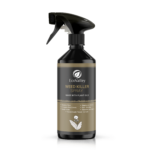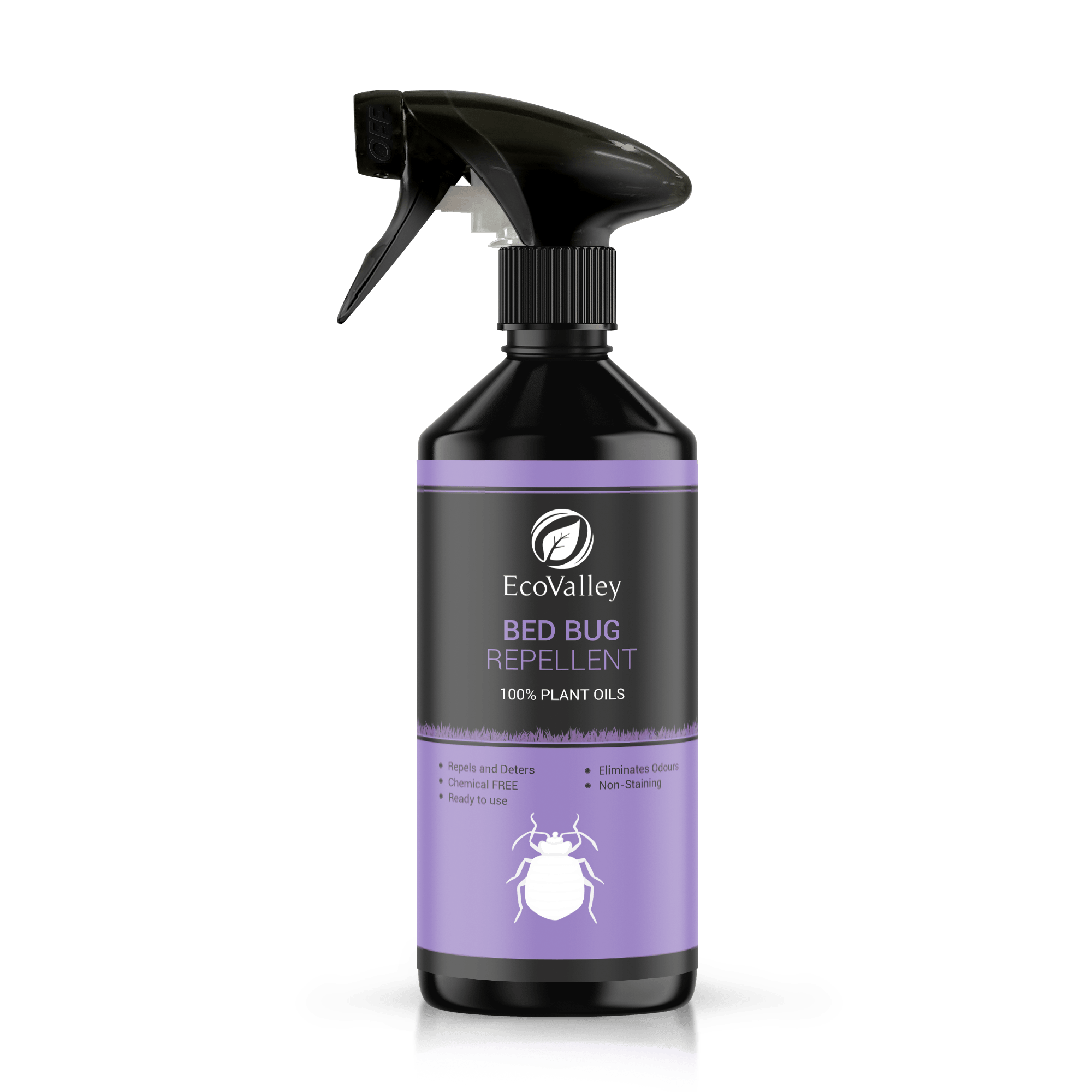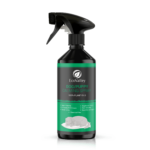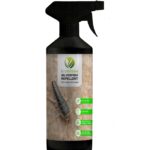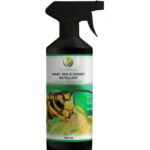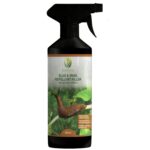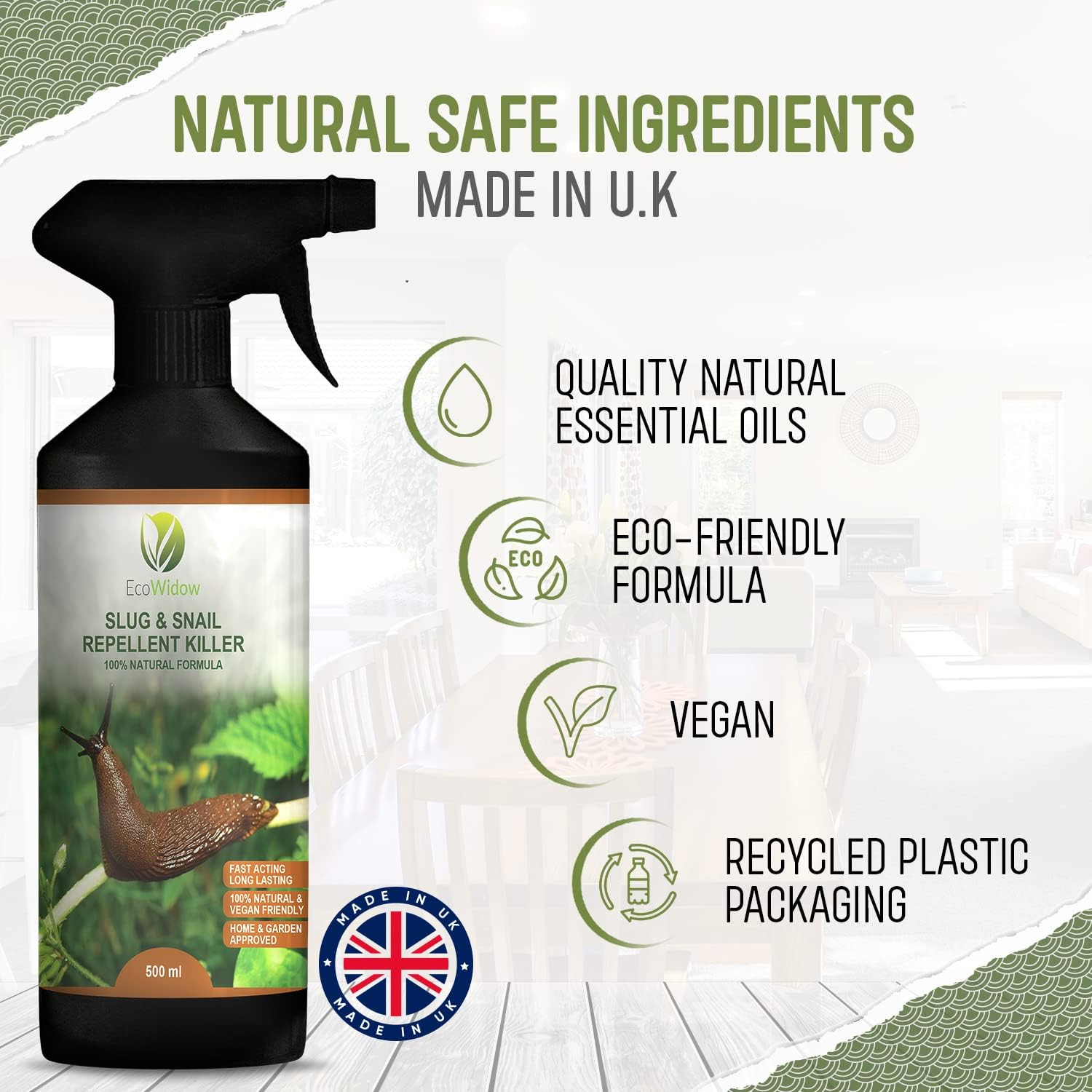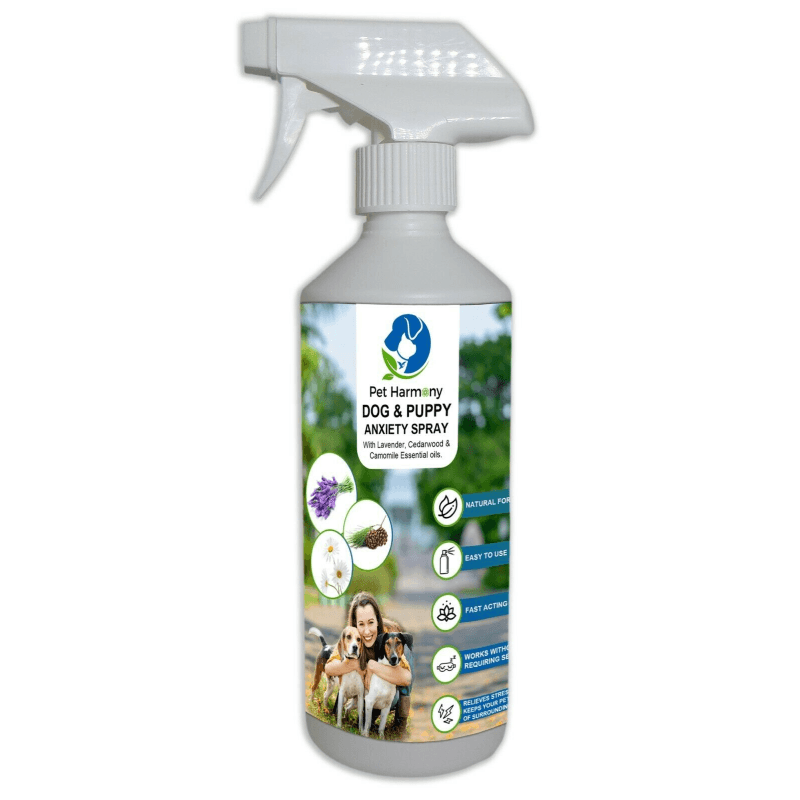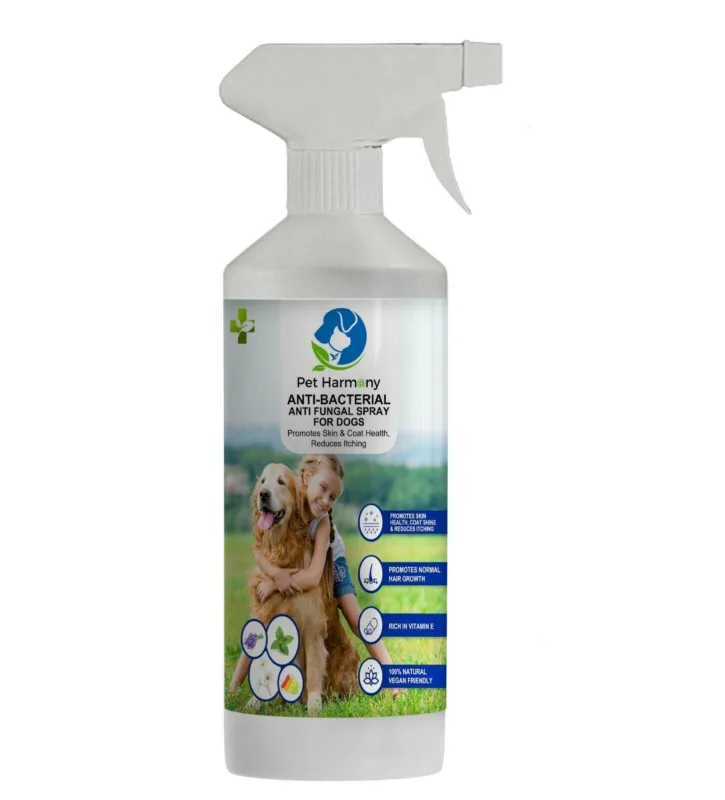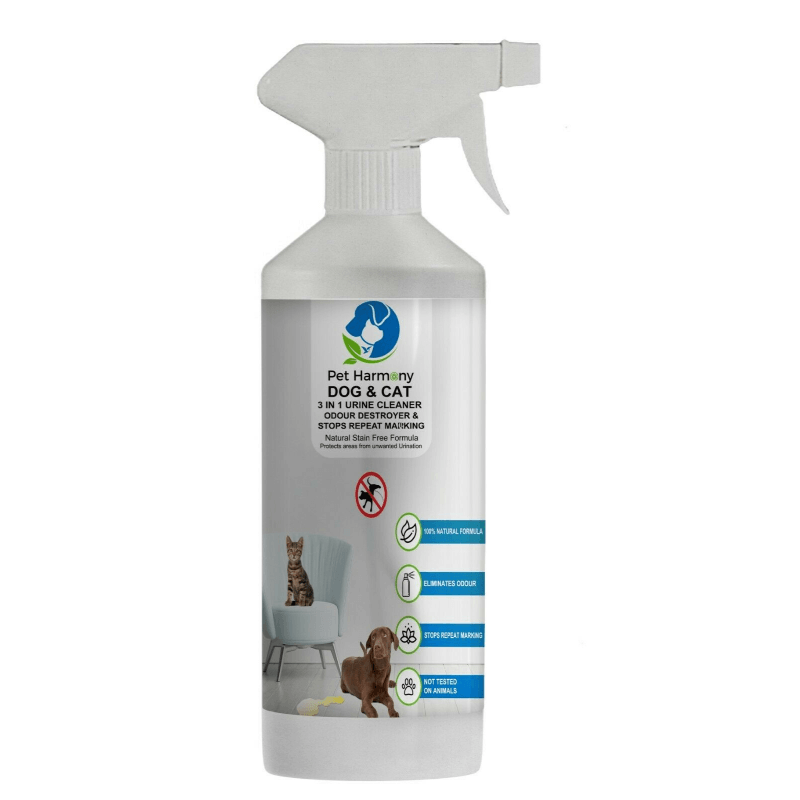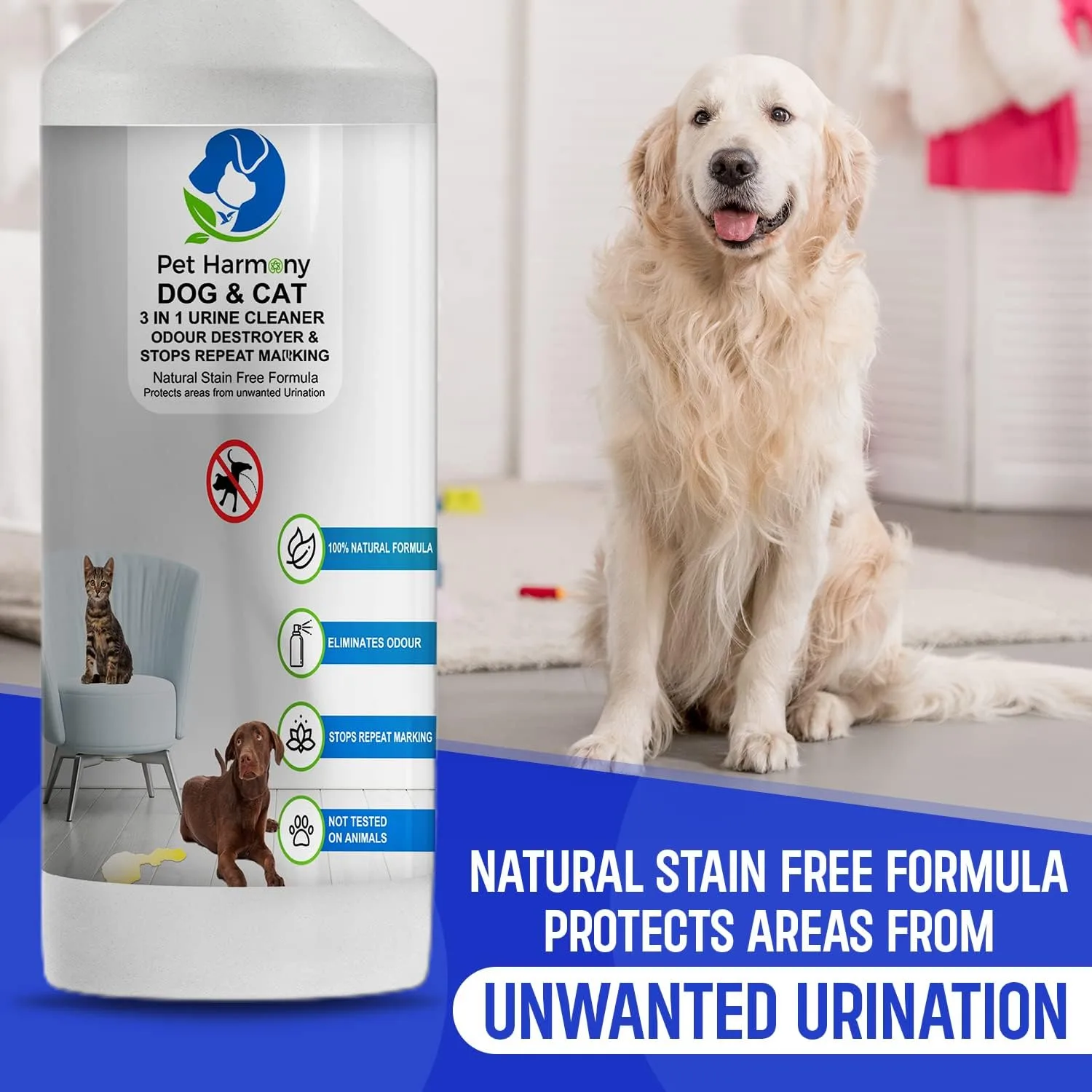Rats are toothy rodents of the middling size that originated in Asia and Australia and spread throughout the world. There are over 60 species of rat, according to the Integrated Taxonomic Information System. Rats range in size from little, around 5 inches long – to absolutely frightening – approximately the size of a large housecat and weighing up to five pounds. Rats are notoriously difficult pests to eradicate due to their widespread distribution. As long as people continue to provide the following three things to rats, they will thrive:
Food
Rats are omnivores, which means they will consume everything available to them. Although rats are most commonly associated with rummaging through rubbish and devouring food that has been left out, some rats may kill small creatures such as birds and lizards for sustenance.
Water
Rats may survive for up to a month without drinking water directly. This is because they receive an adequate amount of water through the foods they ingest. When rats require water to drink, they may usually find it in drains, pet bowls, or condensation on pipes or walls.
Shelter
Rats in the wild obtain shelter from weeds, grasses, and other plants. Rats seek refuge in homes beneath furniture, behind walls, and in dark, seldom-used nooks. Additionally, they are well-known for nesting inside and beneath appliances.
Rats Have a High Rate of Reproduction
Female rats can mate up to 500 times in six hours, and brown rats can produce up to 2,000 kids every year – with up to 22 young in a single litter. With a gestation period of less than a month, it’s simple to understand how populations might rapidly get out of control. As rat populations expand in or around your home, you’ll notice an increase in droppings and property damage.
Disease and Rats
Additionally, increasing rat populations increases your chance of catching rodent-borne diseases. Rats are notorious for transmitting a range of deadly diseases. They were recently discovered to be carriers of Hepatitis E and capable of infecting humans. Numerous of them are infected with typhus. The Centers for Disease Control and Prevention (CDC) state the following:
Flea-borne typhus is a disease transmitted by fleas and caused by the bacteria Rickettsia Typhi. Flea-borne typhus is transmitted to humans via contact with infected fleas. Fleas contract the disease through bites from infected animals such as rats, cats, or opossums. When an infected flea bites a person or animal, it ruptures the skin, resulting in a wound. When fleas feast, they defecate. The excrement (affectionately known as flea dirt) can subsequently be rubbed into the bite wound or other wounds, resulting in infection. Additionally, individuals can inhale infected flea filth or rub it into their eyes.
Signs That Your Home Is Infested With Rats
Odd Smells and Sounds
Rats emit a pungent ammonia odor. Additionally, they are quite noisy, squeaking, scratching, and rustling as they roam throughout your home. Observing one of these signals indicates the presence of rats in the building.
Smears & Droppings
Rats leave feces behind as they make their way through your home. Along major rat paths, you may detect small, dark pellet-shaped droppings. Due to rats’ limited vision, they also build and maintain established pathways along walls. They leave oil marks and smudges on the walls as they travel these courses.
Imprints
Consider whether you may have a rat problem. Consider a seldom-used, dusty nook or cranny in your home. Rats frequently leave foot and tail prints in the areas they visit. If you’re unsure whether rats are there, put a fine coating of baking soda on the floor and check for fresh tracks the next morning.
Injuries
Finally, but certainly not least, rats will leave a trail of destruction in their wake. They are known to chew through electrical cords, gnaw on furniture, storage containers, and paper, and consume food left out on the counter. They can spread droppings and urine throughout your home, increasing your risk of infection.
How To Quickly Get Rid of Rats In The House
Conduct A Home Inspection
Before you can get rid of rats, you must undertake a thorough home assessment to determine their source. Inspect the exterior of the house for obvious access points, paying specific attention to faulty drains, fractures in the garage door, gaps around vents, and voids in the foundation.
Examine the vents, drains, appliance lines, and any possible entry spots inside the house. Once you’ve identified the points of entrance for the rats, you can seal them off and set traps.
Fill In Any Gaps
Rats do not require a large entrance to enter your home. Indeed, they can squeeze through any opening large enough to accommodate two fingers. Seal any holes in your interior or external walls with this in mind.
Fill these spaces with wire wool, metal kick plates, cement, or caulk for long-lasting solutions. Check them a few times a month to ensure they are in good condition.
Organize
Rats adore shelter and hiding places. Eliminating rats’ hiding spots is one of the most effective methods of eliminating rodents without using poison. Eliminate clutter from within and around your home, and relocate items away from the walls.
Keep all trash and food in closed bins, immediately clean up any spills, and maintain clean pipes and drains.
Take into account trapping
As rodenticides and severe poisons have fallen out of favor or been outlawed (as they were in California this year), trapping has emerged as the most effective method of rat eliminationspray; it is what quickly and effectively eliminates rats. Trapping is a non-poisonous method of rat population control. If you’re going to put your traps, ensure that you utilize a sufficient number and that they are placed in high-activity areas. Bait items include peanut butter, unsalted seeds, bananas, or apples.
Rat and mouse repellent spray application
Eco Widow Mouse Repellent Spray repels mice, rats, and other rodents from your house or yard without harming them; the essential oil for rats is a natural alternative to rat and mouse poison used indoors.

Contact A Professional Pest Control Company
If you believe you have rats in your walls, contact a professional pest treatment firm in your region for assistance. They will assist in identifying rats’ access sites, nesting and food cache regions, and removing them from your walls without causing additional harm to your home.
Additionally, professionals can assist you in determining the source of the infestation and preventing rats from returning in the future.
How To Remove Rats From Outside Your Home
Maintain a Clean Garden
Rats prefer open spaces, so keep your grass and garden mowed, tidy, and clutter-free to deter them from setting up shop. Trim your lawn frequently, remove wood or leaf piles, close and lock all storage structures, repair any holes in the siding, and seal outdoor rubbish bins. Finally, prevent rats from accessing food outside your home. Remove fallen fruits and vegetables from the garden, as well as pet and bird food.
Invite The Birds
Rodents have numerous natural predators, and attracting such creatures to your yard is an excellent approach to eliminating rats. For instance, owls can consume dozens of rats or mice in a single night. Concentrate on building suitable habitats to attract owls and other birds of prey. Add a water supply to your garden (like as a birdbath) and consider making a nest box.
Avoid attracting birds by putting out bird feed. Along with providing sufficient food for the rats, throwing birdseed, suet, or other materials outside adds another food source that may attract additional rats to your home.
Make Use of Dry Ice
Dry ice is an excellent method of eliminating rats without using poison. Carbon dioxide is produced by dry ice, which anesthetizes and kills rats. To achieve the optimum effects, place the dry ice near burrow entrances. Always wear gloves and other protective clothing when working with dry ice, as it can cause skin harm.
Establish Traps
Traps are one of the most effective methods of eradicating rats quickly. Consider using snap traps for the greatest results, as they are an effective technique for rapidly killing rats.
Place the traps inside a box or behind a milk container to keep other animals out. Bait the traps with peanut butter, which is inexpensive and extremely appealing to rats.
If you find rats consuming a particular item in your home, you may wish to bait the trap with that item instead. Rats eating apples from the counter, for example, may respond well to a trap placed with sliced apples.
Employ Baits and Poisons Outdoors
Baits and poisons should be used exclusively outside the home, as they contain extremely potent substances that can be hazardous. If you place poison inside the house, rats will spread it, posing a threat to all human and animal occupants.
If you intend to use baits or positions, read and follow all label directions carefully. Always store rat bait in a completely enclosed bait station out of reach of children, pets, and other animals.
Due to the numerous restrictions associated with the use of baits and locations, it is critical to read and comprehend state and municipal legislation. Rodenticides, for example, were recently banned in California.


